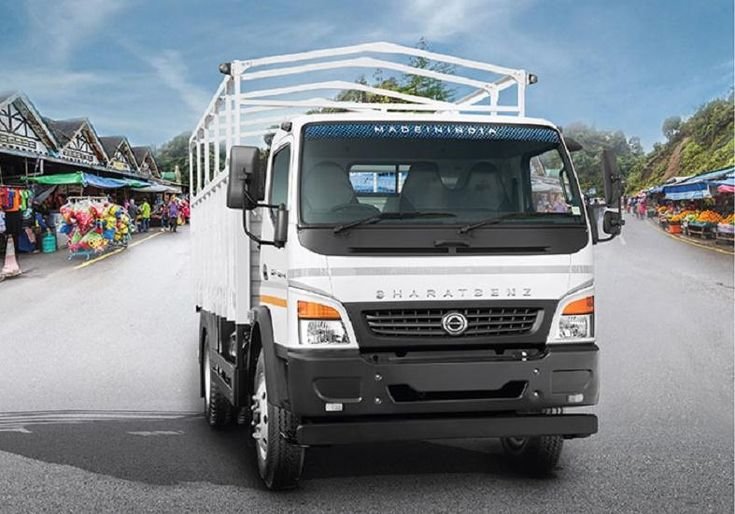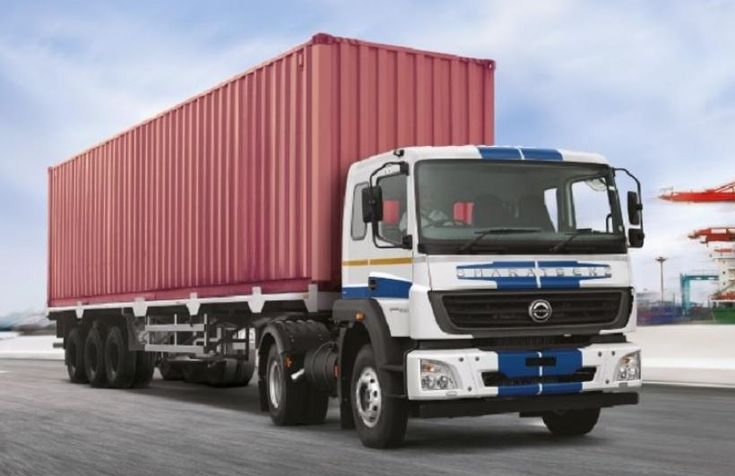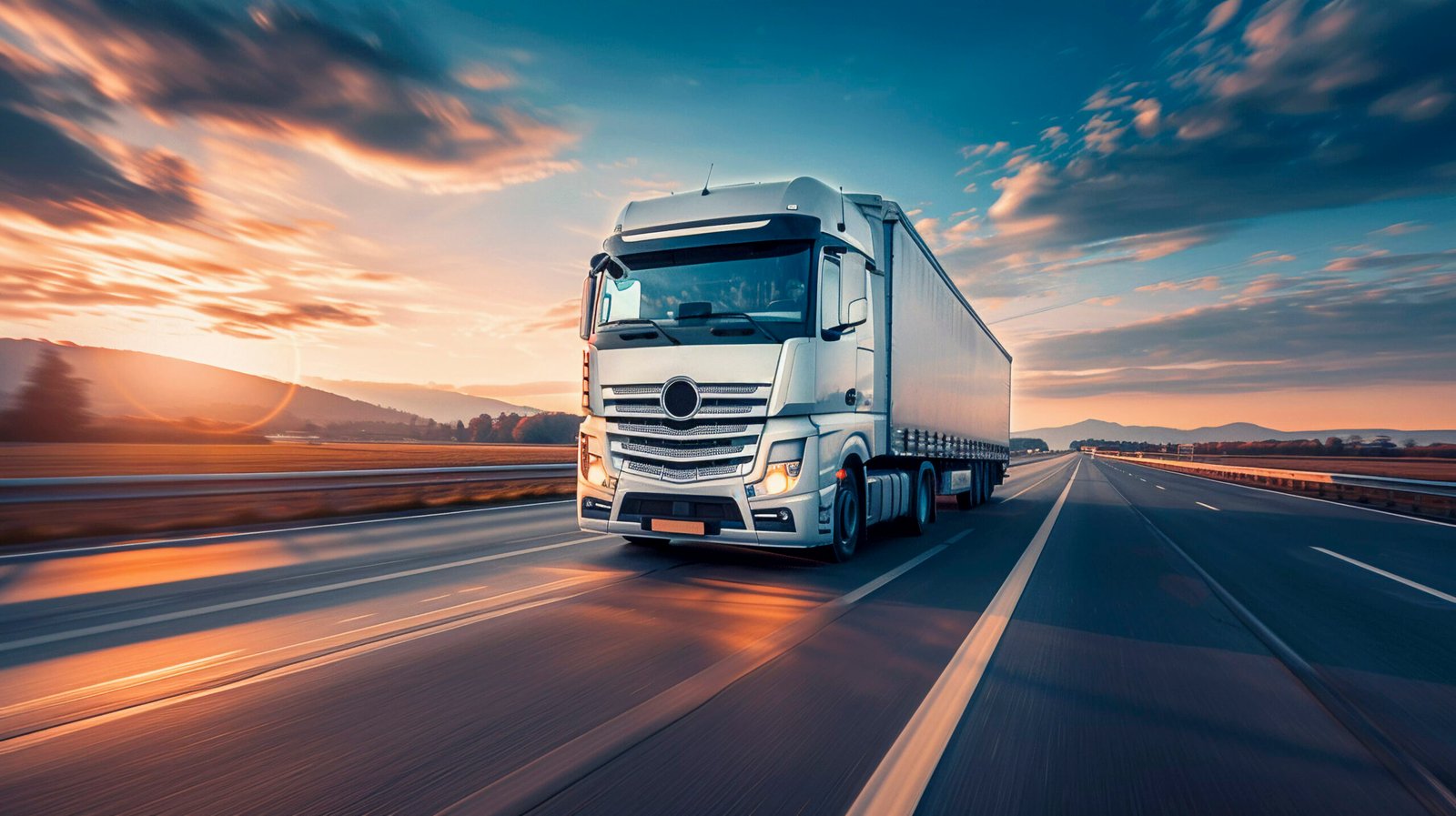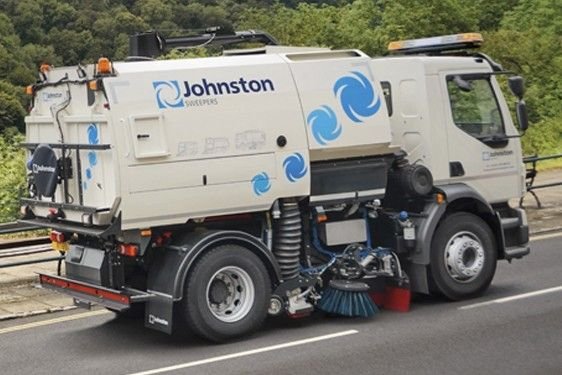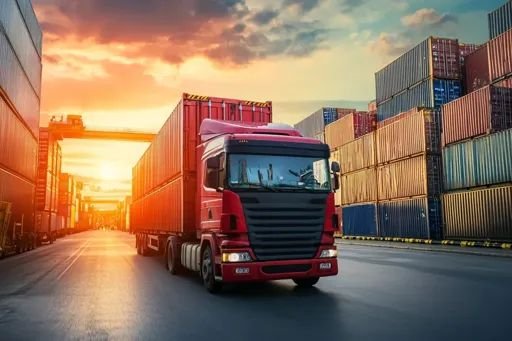When we talk about supply chain management, one thing that often gets overlooked—but is absolutely crucial—is transport logistics. Behind every successful delivery is a complex web of planning, coordination, and decision-making. And right at the center of it all? Truck dispatch.
Truck dispatch is more than just telling drivers where to go. It’s the nerve center of logistics, responsible for managing routes, schedules, drivers, and shipments. Let’s break down what makes truck dispatch so vital, the core responsibilities involved, the everyday challenges, and the best practices that help logistics teams thrive.
🚛 Why Truck Dispatch Matters in Transport Logistics
Think of truck dispatchers as air traffic controllers for ground freight. They’re responsible for making sure goods get from point A to point B quickly, safely, and cost-effectively. In today’s world—where businesses and customers alike expect lightning-fast shipping—efficient dispatching is no longer optional, it’s essential.
Here’s how solid truck dispatching makes a difference:
- Reduces transportation costs through smart route planning.
- Improves delivery timelines with real-time tracking and driver coordination.
- Boosts customer satisfaction by ensuring shipments arrive as promised.
- Enhances operational efficiency across the supply chain.
In short, effective dispatching helps logistics companies stay competitive and keeps customers happy.
🧭 Core Responsibilities of a Truck Dispatcher
Truck dispatchers wear many hats. Their job goes far beyond simply assigning deliveries. Here’s a look at their main responsibilities:
1. Route Planning and Optimization
Dispatchers map out the most efficient routes for drivers based on traffic, distance, road conditions, and even the weather. Smart routing saves time, fuel, and vehicle wear and tear.
2. Scheduling Deliveries
Coordinating when and where deliveries happen is a major task. Dispatchers need to juggle customer demands, carrier availability, and any last-minute changes—all while keeping things on schedule.
3. Driver Management
From tracking hours of service to ensuring compliance with safety regulations, dispatchers play a key role in monitoring driver performance. They’re also the go-to for handling any issues on the road—like delays or driver fatigue.
4. Shipment Tracking
Thanks to GPS and telematics, dispatchers can track every truck in real-time. This allows them to provide customers with accurate delivery ETAs and instantly react to any unexpected delays.
5. Problem Solving on the Fly
Flat tire? Missed pickup? Sudden road closure? Dispatchers are the first line of defense when something goes wrong. They need to think quickly and adapt to keep deliveries on track.
🚧 Common Challenges in Truck Dispatch
Even the best dispatchers face a daily barrage of challenges:
- Tight delivery deadlines
- Unpredictable weather
- Traffic jams and road closures
- Driver shortages
- Changing customer expectations
- Strict compliance and safety regulations
Balancing all these moving parts requires not only experience but also the right tools and strategies.
✅ Best Practices for Efficient Truck Dispatch
Here are some proven ways logistics teams can streamline dispatch operations and handle challenges like pros:
1. Leverage the Right Technology
Use GPS tracking, route optimization software, and electronic logging devices (ELDs). These tools reduce manual work, minimize errors, and help you make data-driven decisions.
2. Standardize Processes
Clear and documented Standard Operating Procedures (SOPs) help keep operations consistent and reduce miscommunication—especially in fast-paced environments.
3. Train and Upskill Dispatchers
Dispatching isn’t something you can “wing.” Regular training ensures dispatchers stay current with industry trends, regulations, and best practices.
4. Promote Team Communication
Dispatchers don’t work in isolation. Close communication with drivers, warehouse staff, and customers helps spot potential issues early and encourages transparency.
5. Track and Analyze Performance
Metrics matter. By reviewing on-time delivery rates, fuel consumption, driver hours, and more, you can continuously improve dispatch operations and make smarter decisions.
📦 Real-World Impact: Why This Matters
Let’s be honest—today’s customers have sky-high expectations. Whether it’s a business receiving raw materials or a consumer waiting on an online order, everyone wants deliveries fast and flawless.
Efficient truck dispatch:
- Reduces shipping delays
- Improves customer trust
- Saves money across the board
- Gives your business a competitive edge
When your dispatch system runs like a well-oiled machine, it reflects across the entire supply chain.
🏁 Wrapping Up: The Road Ahead for Truck Dispatch
Truck dispatch might not always be visible, but it’s absolutely vital. It’s the engine that drives efficient transport logistics—from planning routes and managing drivers to solving problems and ensuring on-time delivery.
Yes, it’s challenging. But with the right people, the right tools, and a commitment to best practices, truck dispatch becomes a powerful advantage in today’s logistics landscape.
As logistics continues to evolve, the companies that invest in smart dispatch systems and skilled dispatchers will be the ones that deliver more than just packages—they’ll deliver results.


